Movie Review – Other Boleyn Girl, The (2008)
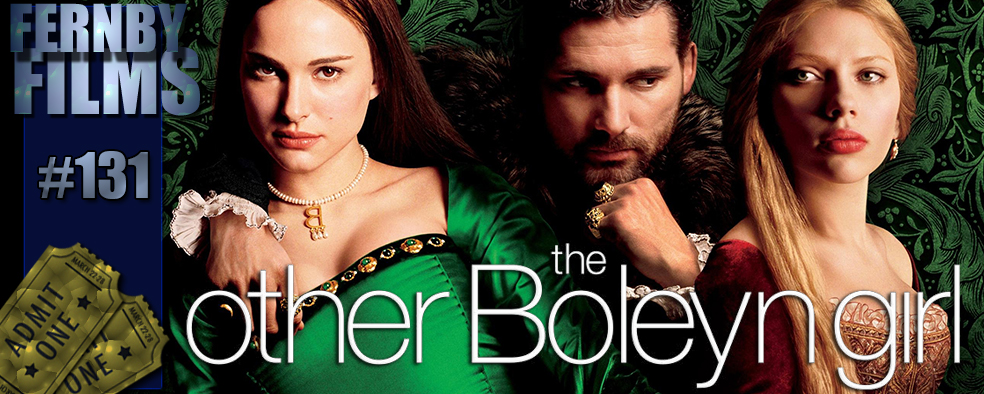
– Summary –
Director : Justin Chadwick
Year Of Release : 2008
Principal Cast : Natalie Portman, Scarlett Johannson, Eric Bana, Jim Sturgess, Kristen Scott Thomas, Mark Rylance, Dabid Morrissey, Benedict Cumberbatch, Oliver Coleman, Ana Torrent, Eddie Redmayne, Juno Temple, Iain Mitchell, Andrew Garfield, Maisie Smith.
Approx Running Time : 115 Minutes
Synopsis: Two sisters contend for the affection of King Henry VIII.
What we think : While the acting is typically excellent from the diverse cast, the story is indignantly stultifying. These kinds of films annoy me.
**********************
Sumptuous, and infuriating, period drama involving the battle for the affections of King Henry by two competing sisters, The Other Boleyn Girl is one of those films that makes my blood boil and causes me to throw things at the screen.
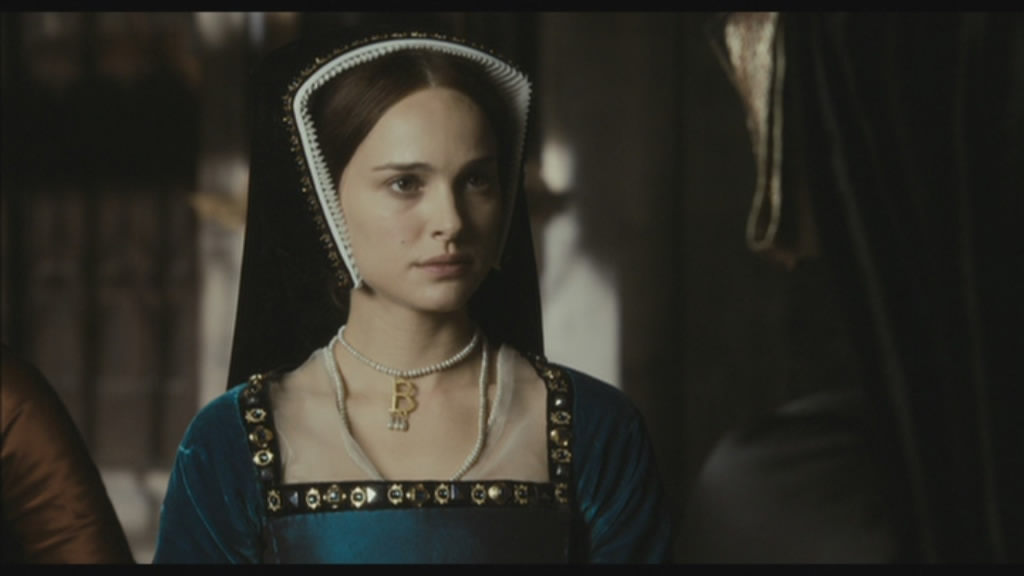
Not in a bad way, mind you, but this kind of film just annoys me no end. Henry the VIII is a king with no male heir. His current wife, Catherine of Aragon, has produced only a daughter, and the king desperately wants a son in order to ensure the line of succession to the throne, lest another War Of The Roses occur once he dies. When Catherine miscarries for another time, plans are put in place by the calculating and arrogant Duke Of Norfolk, Thomas Howard to place his sisters daughters under the Kings eyes, in order to ensure their family gains prominence by Anne, the youngest of the two Boleyn girls, bearing a child.
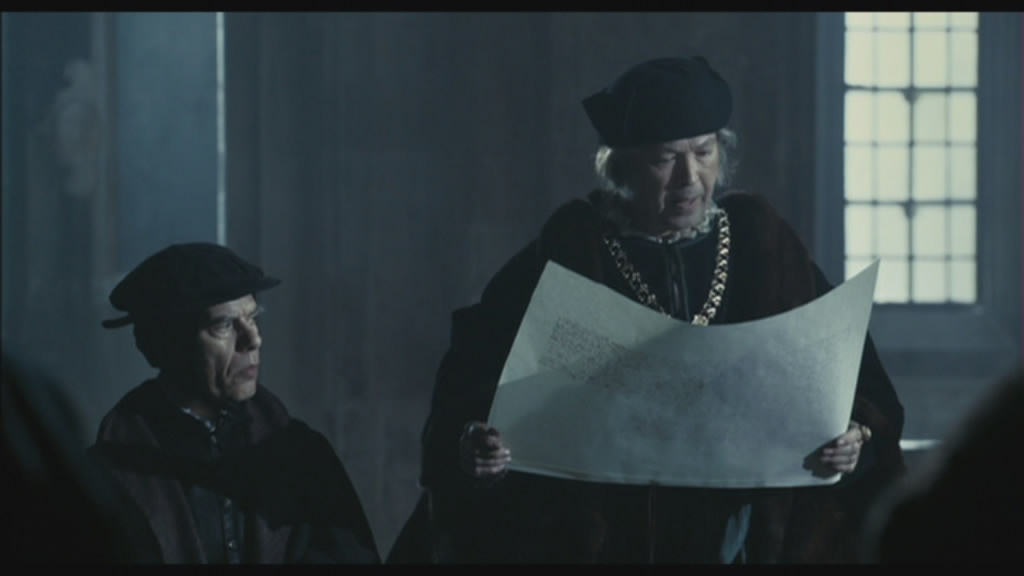
The King, played by Aussie Eric Bana, falls for the plan, although set’s his eye upon Mary, the “other” Boleyn girl, leaving Anne out in the cold. The friction this causes within the family, and between Anne and Mary, is enough to set in motion a chain of events that would eventually threaten to rip the Boleyn family apart.
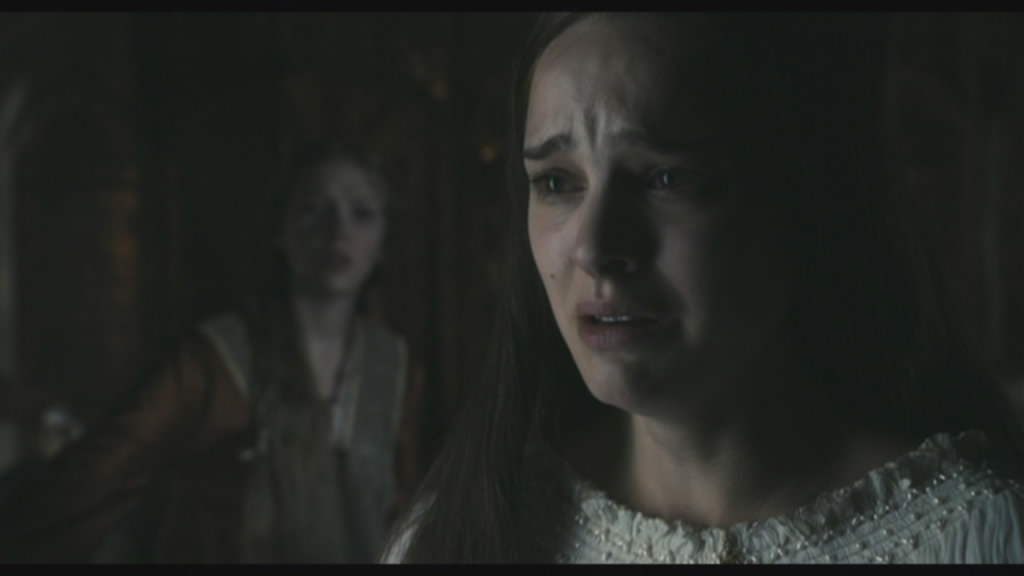
Anybody familiar with history, or access to the Internet, will be able to determine the accuracy and historical merit of this film: the figures within the film are real people, it’s the actions that are called into question. Much has been made of the films’ historical accuracy: of that, I cannot comment due to my lack of experience with the era in which the film is set. However, the way these people behave, and the lack of morals and qualms in handling of affairs and relationships, is appalling and utterly contemptible. Women are treated like property (which they were, back then) and are not given any leniency when it comes to bearing children and advancing their status in society. The way in which the Boleyn girls’ uncle, the Duke Of Norfolk, treats his own blood is utterly reprehensible, without question. It’s enough to make my blood boil, and I was so angry with the character by the end of the film I felt physically repulsed.
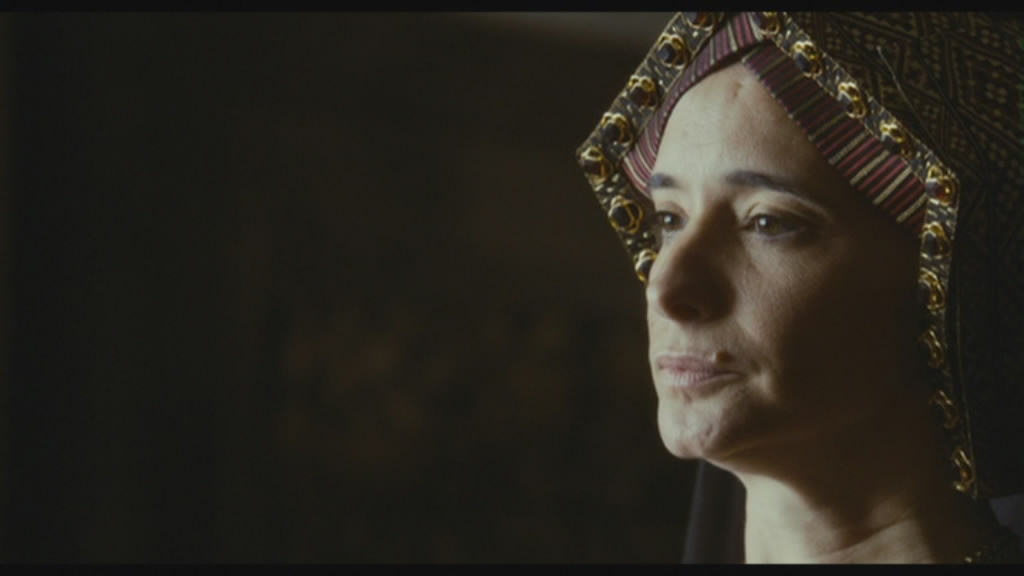
Still, taking this feeling of utter hatred for this lifestyle into account, the film doesn’t quite work. There are moments of excellence, mind you, but they are few and far between and hammered into submission by a relatively flat and unexciting script and hamfisted direction.
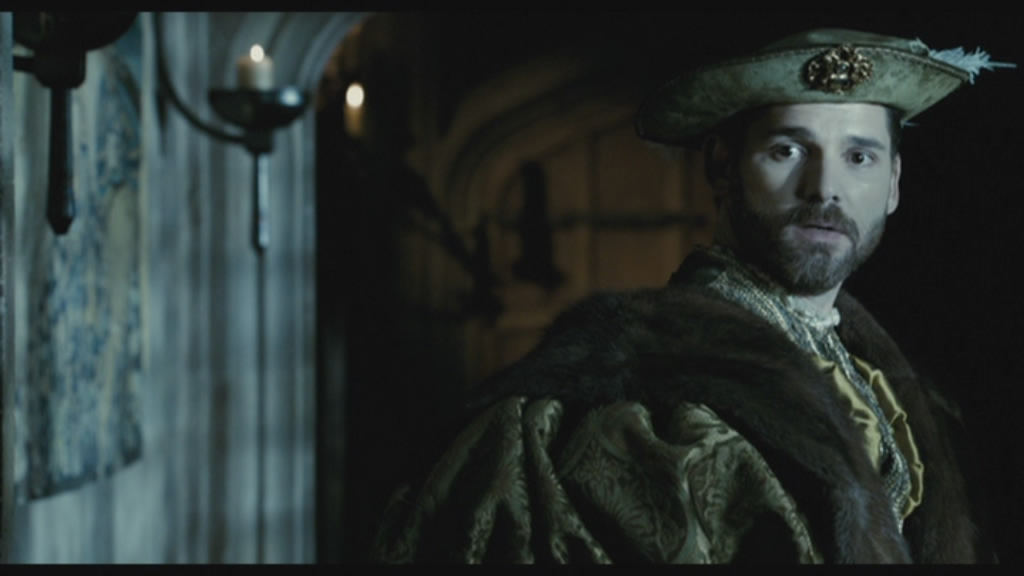
First, the good. Natalie Portman is a revelation in this film, and I have to say I think Anne Boleyn is perhaps the best role I have seen her in (by Crikey, if any body mentions that godawful Closer, I’ll punch them!) but she’s hamstrung by a lack of support by either Scarlett Johansson (as Anne’s sister, Mary) or Eric Bana (as King Henry). Portman’s Anne is portrayed as a vindictive, viperish gold-digger, her claim to Henry’s affections offset by her family’s insistence that she dare not bear him a daughter lest she be disowned… Portman handles the role with a sense of dignity and emotional eloquence I doubted she possessed: i am glad to be proven wrong.
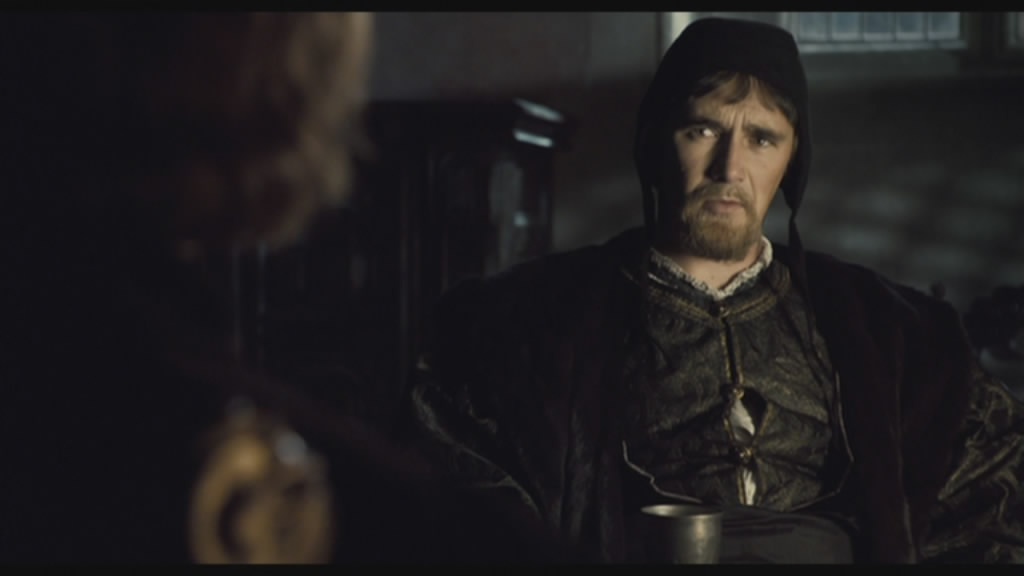
Now, the bad: Scarlett Johansson, meanwhile, is stuck in the obligatory doe-eyed weepy sister Mary, lacking any kind of power in her performance as she battles both Portman’s class and Bana’s intensity. Johansson seems out of her depth here, even though I think she captures the look of the Tudor period better than anybody else on screen. Her pale skin and captivating eyes are gorgeous to look at, but her ability to transcend the script from mere cliche is questionable, and I don’t think she succeeds here.
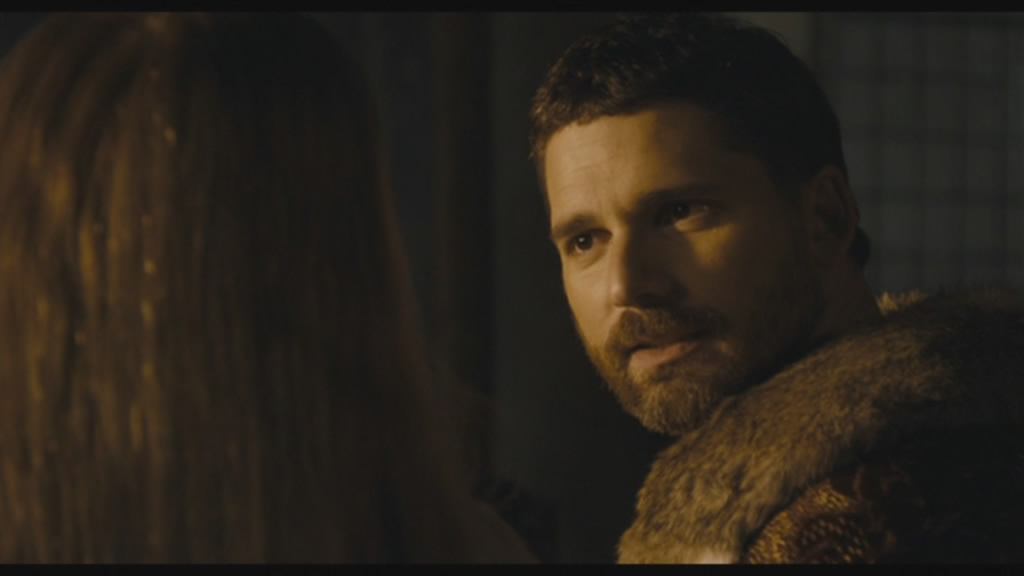
Eric Bana, Aussie favourite and all round good guy, comes off the least accessible character of the entire film, even though he’s a major player in the story. Bana is intense, to be sure, but his role is given short thrift by a script more dedicated to the female roles than their counterparts. Kristen Scott-Thomas is a prime example of a great character, as the mother of the two girls who are forced, by their uncle, to give themselves to the King in order to advance the family name. Elizabeth Boleyn is a repressed feminist, her moral code far superior to her weak and willing husband, and her confrontation with the Duke after Anne’s betrayal is heart-wrenching to say the least. However, Bana needed more: he needed to be a three dimensional character; instead we get a walking cinema cliche of a royal, he merely struts about proclaiming this and exclaiming that, but never truly adding anything to the narrative bar a refusal to commit to any one woman.
The main problem with the film, however, is a lack of sympathetic central character. Both Portman and Johannsons characters behave utterly reprehensibly, as does Bana’s King Henry. One minute you feel sorry for them, the next, they’ve done something that makes your jaw drop with horror. These people are awful, the situations they find themselves in are awful, and the way in which they behave defies what I would consider the laws of common decency. Still, this uneven characterisation alienates all but the most ardent viewer to any of the main characters’ plights. They just aren’t accessible to the modern viewer. The context of the era seems to have been lost in translation, so to speak.
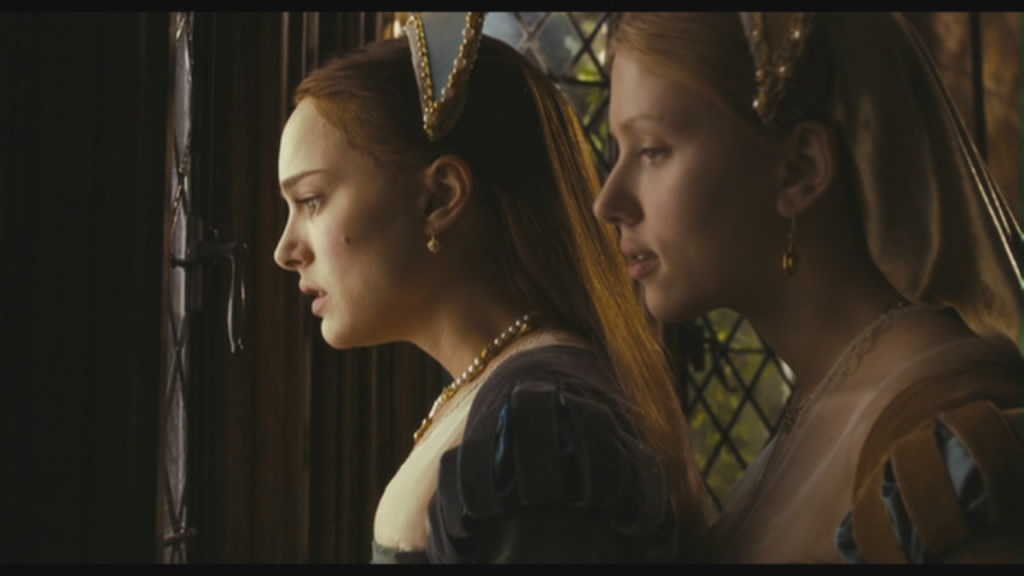
The film doesn’t seem to know what to make of itself: one minute it’s an indictment on arranged marriages, the abuse of power by the aristocracy, and then it’s a melodramatic wallowing in self pity and emotional sadism, however the characters aren’t defined enough (for me) to carry this kind of material, and the story sinks into cinematic oblivion when it can’t define itself well enough for us to care.

The film is quite dark in tone, and shot in a way that’s rather laborious to watch. There’s shadows, darkness and oppressive lighting scattered throughout the film, something not entirely conducive to a great watch, although it does suit the narrative style and direction the movie is trying to serve. Almost every scene starts with the camera panning around a corner, from the darkness to the light, as if it’s constantly trying to escape some kind of horror, and after a while this motif starts to wear thin. Also, occasionally, the camera goes from a nice, steady dolly shot to a wobbly, hand-held mess, and it’s jarring and unnecessary. It’s so out of context with the rest of the film, I found myself wondering why a director would want to include a shot that breaks the films mould.
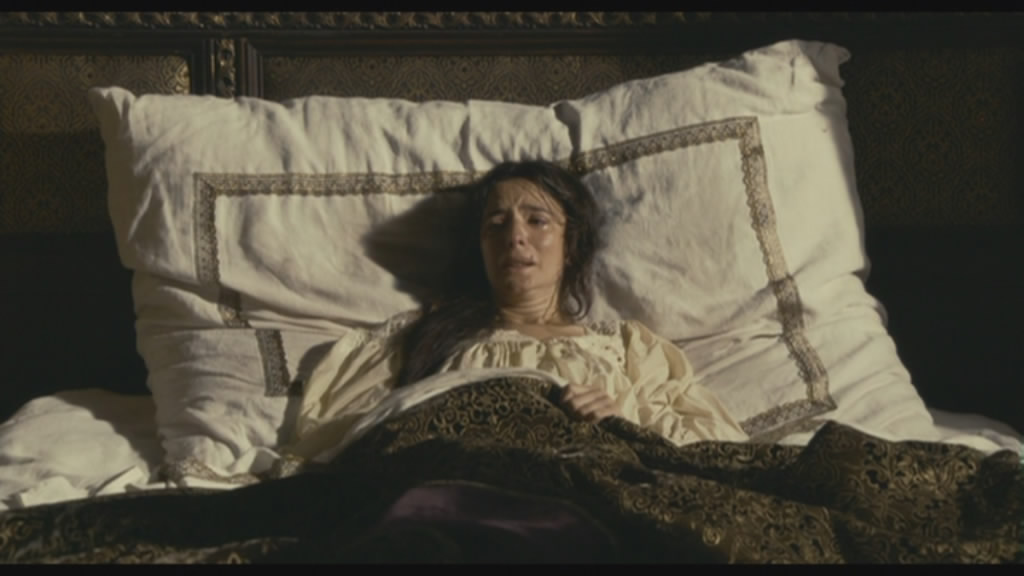
The Other Boleyn Girl is an entertaining mix of hedonistic period film-making, a turgid and dreary melodrama lacking in a consistent theme, and some good (but not great) production values. Most of the film is shot on a set, or indoors, so the familiar widescreen epic nature of the storyline is hampered by this somewhat. The uneven characterisations and dramatic narratives, plus a liberalism with historical fact (from what I gleaned from some research on the internet) makes this a bit of a hit-and-miss affair, far from a romantic chick-flick and most certainly far from an action packed period drama.
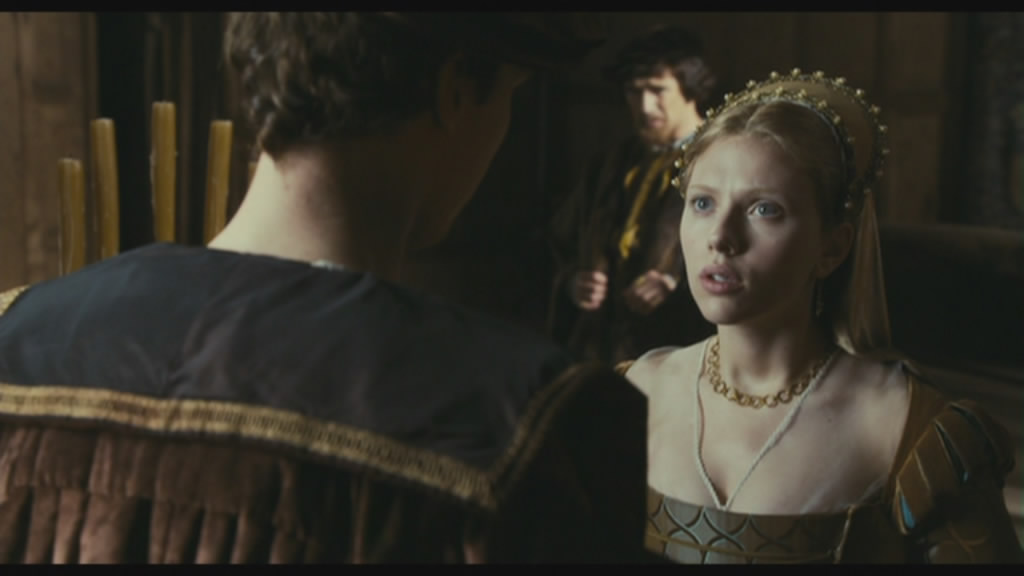
The Other Boleyn Girl is a film I could have enjoyed, had it been more structured thematically and the characters more consistent: as it sits at the moment, I can only recommend this film for fans of the principal cast or those looking for a merely serviceable melodramatic period piece.





 “Reign” Fudges Historical Facts: 4 Other Shows That Rewrote History
“Reign” Fudges Historical Facts: 4 Other Shows That Rewrote History


 Scarlett Johansson in Lost in Translation
Scarlett Johansson in Lost in Translation The Other Boleyn Girl (2008)
The Other Boleyn Girl (2008)